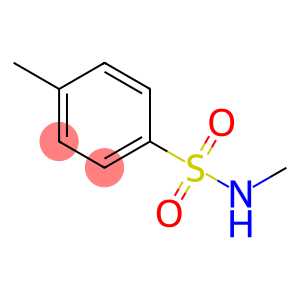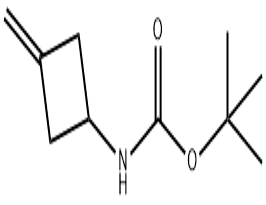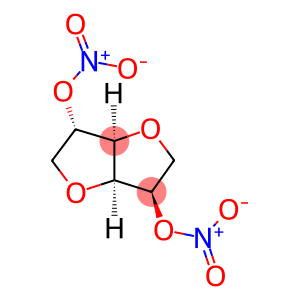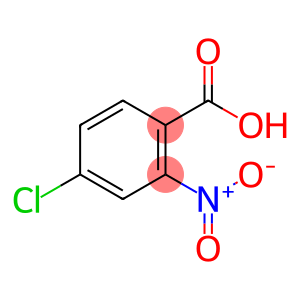N-Methyl-p-toluene sulfonamide(CAS#640-61-9)
| Hazard Symbols | Xi – Irritant |
| Risk Codes | 36/37/38 – Irritating to eyes, respiratory system and skin. |
| Safety Description | S37/39 – Wear suitable gloves and eye/face protection S26 – In case of contact with eyes, rinse immediately with plenty of water and seek medical advice. |
| WGK Germany | 3 |
| HS Code | 29350090 |
Introduction
N-methyl-p-toluenesulfonamide, also known as methyltoluenesulfonamide, is an organic compound. The following is an introduction to its properties, uses, manufacturing methods and safety information:
Quality:
N-methyl-p-toluenesulfonamide is a colorless crystalline solid with a special aniline compound odor. It has low solubility in water but is soluble in most organic solvents.
Use:
N-methyl-p-toluenesulfonamide is mainly used as a modifying reagent in organic synthesis reactions. It can be used as a methylation reagent, aminosation agent, and nucleophile.
Method:
The preparation method of N-methyl-p-toluenesulfonamide is usually obtained by reacting toluene sulfonamide with methylation reagents (such as sodium methyl iodide) under alkaline conditions. The specific preparation conditions and steps can be adjusted according to the actual needs.
Safety Information:
N-methyl-p-toluenesulfonamide is generally stable and relatively safe under normal conditions of use. It is still classified as a chemical and needs to be properly handled and stored to prevent accidents. Contact with skin, eyes, and respiratory tract should be avoided during use to prevent irritation or allergic reactions. In case of exposure or inhalation, rinse immediately with plenty of water and seek medical assistance. Reactions should be carried out in well-ventilated conditions and with personal protective measures such as protective gloves and goggles.








